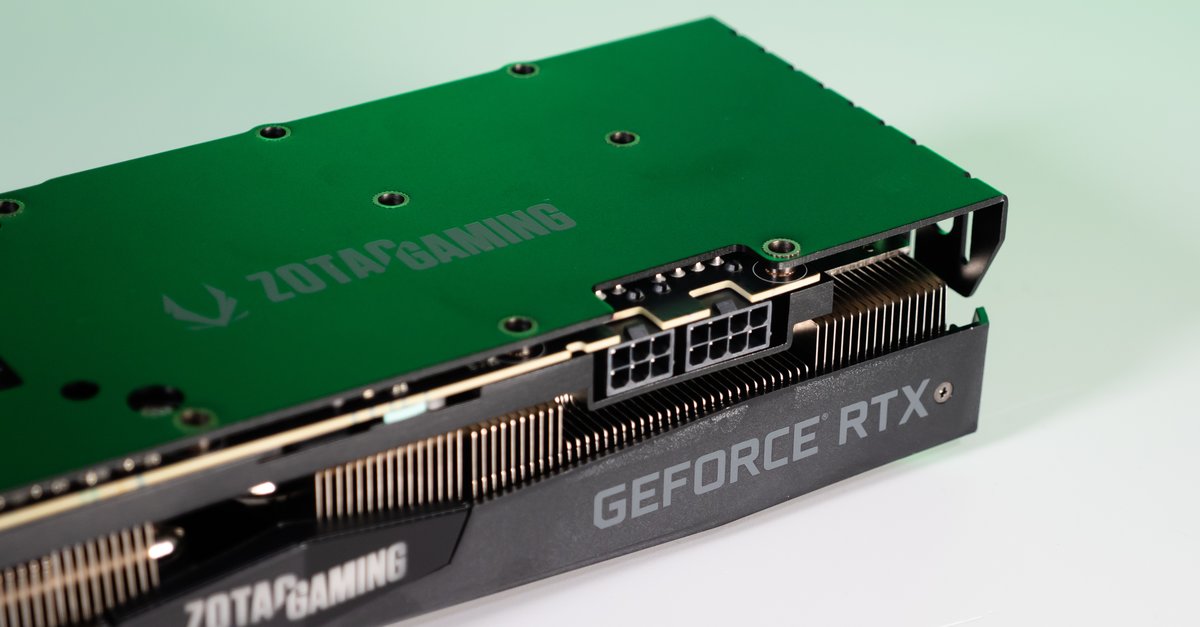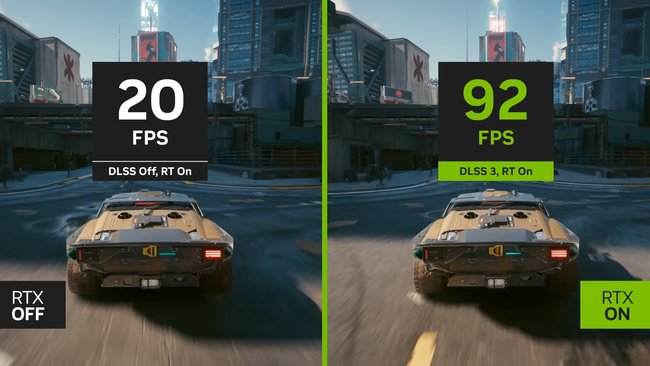Why the switch is hardly worth it
Nvidia recently introduced its new GeForce RTX 4000 series graphics cards. The models, known under the code name Ada Lovelace, promise all sorts of new functions and a significant increase in performance compared to the previous generation. So what exactly does this mean for gamers and is it worth switching at all? You can find out more about this in our personal assessment of the topic.
With each new generation of graphics cards, not only is the corresponding hardware presented, such as the GeForce RTX 4090 or 4080, but it is also accompanied by new software optimizations. Among other things, they should ensure that your games look even better or run even more efficiently on your previous gaming PC. However, a certain trend is gradually emerging at Nvidia, which is likely to cause frustration rather than euphoria among many gamers.
GeForce RTX 4090 & 4080: prices and specifications
A total of three new models were presented: the GeForce RTX 4090 and two variants of the GeForce RTX 4080 with different storage capacities. The cards are supposed to be official from October 12, 2022 available be. Due to supply bottlenecks in the past, however, there were always shortages. So it remains to be seen whether the deadline will really be met and whether enough GPUs will be available for interested gamers for the actual release. In any case, the current decline in crypto mining should play its part here.
| GeForce RTX 4090 | GeForce RTX 4080 (16GB) | GeForce RTX 4080 (12GB) | |
| Nvidia CUDA Compute Units | 16,384 | 9,782 | 7,680 |
|---|---|---|---|
| Boost Clock (GHz) | 2.52 | 2.51 | 2.61 |
| Storage size (GB) | 24 | 16 | 12 |
| Power Consumption (Watts) | 450 | 320 | 285 |
| Price (RRP) | 1,949 euros | 1,469 euros | 1,099 euros |
The most remarkable thing about the new models is probably the price. So it is to be hoped that Nvidia will soon add its cheaper entry-level models to its portfolio – i.e. RTX 4070, 4060 and 4050. Especially in view of the current situation, only very few are willing to shell out prices above 1,000 euros for a graphics card. Of the Buying a previous model is probably the better choice at the moment, especially since the prices have been falling more and more recently. Due to the increased power consumption of the new cards, the power consumption of the gaming PC is also becoming an increasingly important factor.
For the price of an RTX 4090 you already get a complete gaming computer:
Even better ray tracing: useful or not?
Graphics cards are becoming more and more powerful from generation to generation, even if the leaps are noticeably smaller today than they were several years ago. Since the introduction of RTX cards, the actual focus has clearly been on performance with regard to their eponymous feature – meaning ray tracing. Nvidia advertises that you can expect up to four times more performance here.
At the same time, however, the technology itself is also being developed, which often means that it requires more and more computing power. This can be seen, for example, in the new “Overdrive mode” for ray tracing, which will be available to you in Cyberpunk 2077 in the future. The game runs with an average of only 20 FPS even with an RTX 4090. This is where DLSS comes into play, which finally moves the frame rate in the range between 90 and 100 FPS.
However, the most important argument in this debate is still the games. While just a few select titles supported ray tracing shortly after the release of the first RTX cards in 2018, there is now a huge range of games, all of which have the feature. Nevertheless is Ray tracing is still purely optional and most games look great without the realistic reflections or lighting effects. You also get more FPS. This should be taken into account before buying a new graphics card. At least if you consciously decide against one of the current top models.
Check out how even older games can look really good thanks to ray tracing in the trailer below:
DLLS 3: The (new) technology in detail
Shortly before, there was already talk of DLSS – an upscaling process that ultimately provides more FPS through the use of special algorithms. Here, too, the Ada Lovelace architecture has been followed up. The new standard is now called DLSS 3 and combines several technologies:
- Frame Generation: This is a completely new feature that uses AI and the so-called “Optical Flow Accelerator” (OFA) located on the GPU Intermediate frames generated and promises more FPS.
- Super Resolution: The upscaling technology is probably known to most people as DLSS 2.0 and is therefore not really new. It works in combination with the frame generation and thus ensures a still greater performance increase as before.
- Nvidia Reflex: The respective calculations of the CPU and GPU are synchronized in order to reduce system latency. At the same time, Nvidia Reflex compensates for the slight increase in latency caused by frame generation.
While both DLSS 2.0 and Nvidia Reflex will continue to work with older graphics cards, the newly announced one remains Frame generation reserved for the RTX 4000 series. The hardware required for this can also be found on the previous Ampere graphics cards, but according to Nvidia these have been significantly improved on the Ada Lovelace. Since the corresponding calculations require a relatively large amount of power, it will probably stay that way for the time being.
A few years ago, it was still primarily about configuring your own gaming PC in such a way that games ideally run with the maximum graphics settings. It’s now all about hitting specific FPS values in relation to the desired resolution. Likewise, ray tracing has now become an issue for many gamers. For example, an RTX 2070 Super is currently working in my PC and I still see no real reason for an upgrade. However, that is only my subjective opinion. A minimum of 60 FPS at a resolution of 1440p is sufficient for me. Ray tracing is also not relevant for me. I’d rather be happy about the increased frame numbers, which can be increased again thanks to DLSS. Nevertheless, new features such as frame generation in particular sound extremely exciting. On the other hand, there are currently relatively games that really benefit from it. That’s why, in my opinion, it’s worth waiting and not blindly buying promises before Nvidia actually keeps them.





